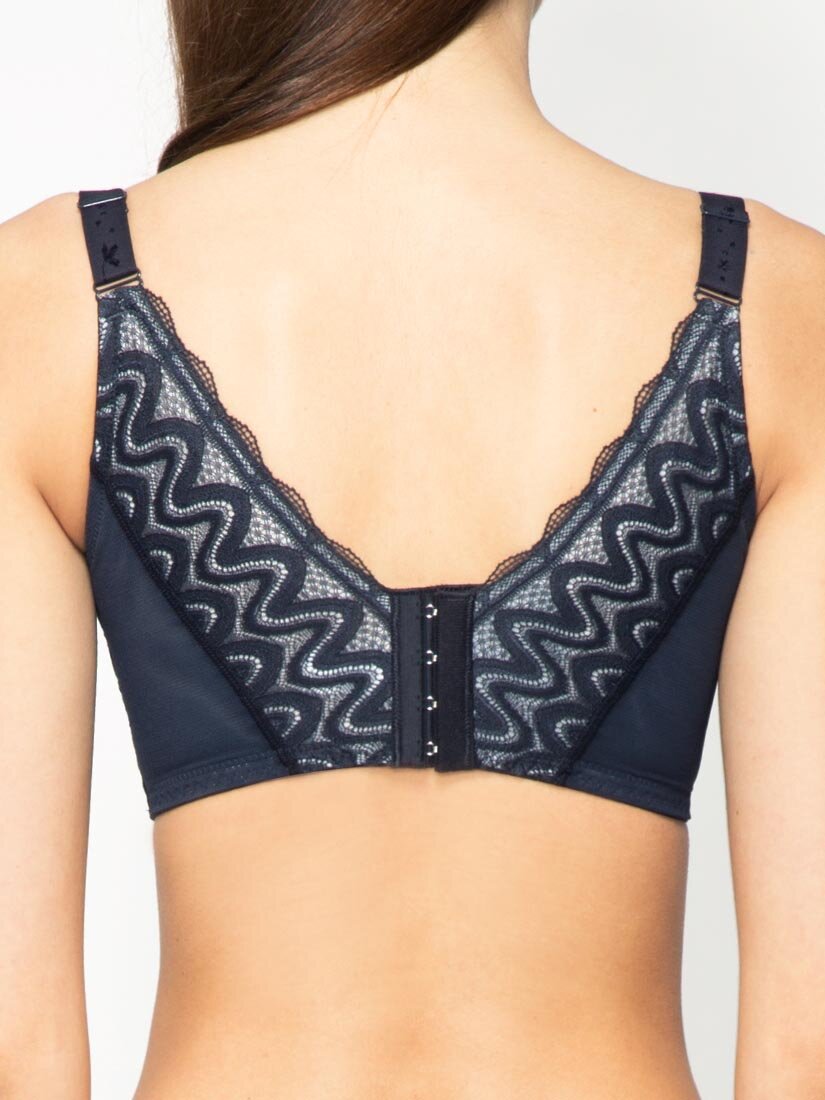Bra Alterations/Additions to Consider
Check out the entire Consider Making your Own Bra Series
Part 1 - Cost, Time, Need and Difficulty
Part 2 - Breast Anatomy in Relation to Bra Fit
Part 3 - Choose a Bra Pattern
The last section of my Consider Making your Own bra series is based on the inevitable bra alterations one needs to make. Rather than repeat what others have already done so well [splitting lower cup LINK, creating a powerbar LINK, add volume to cup LINK etc], we are covering topics that are less aren't as openly discussed.
A quick aside before we dive in. The physical action of sewing a bra isn’t difficult (mostly straight and zig zag stitches), it is the fitting that occurs after the that takes the most time. Sewing a bra that fits can take 3 tries or 12+ tries depending on the person. For this reason, we highly recommend making a fitting band (essentially a bra without the cups in the way to assess the wire and band fit which can also double as a quick bra to baste test cups on) and wash away thread (it will transform your sewing!). Please don’t use your fancy fabrics and laces on your first bra as chances are, it won’t fit.
Bra Alterations/Additions to consider
Some suggestions of different adjustments/additions for those who have fitting issues related to bra band rolls and saggy breasts. These are optional alterations that may be considered AFTER successfully making a well fitting bra.
Extra Fluff Alterations (AKA rolls above/below the bra band)
This is a common problem for many women of all different sizes. Contrary to what one might expect, this has less to do with fat percentage and more to due to with skin elasticity and one's comfort level.
Thinner Band (under the cups) - If you have had the experience of the bra band rolling up under your wire, reducing the height of the band under the cups may resolve the issue. [link HERE]
Taller Side Wings (underarm area) - Increasing the height of the band at the side wings can help contain any extra, err, fluff under the arms as well as contain side boob for those who's breasts tend to point outward.
Taller Back Band - Increasing the height of the back band can create a sleeker silhouette similar to shapewear. The taller band can also provide additional support as well as accommodate 3, 4 or even 5 rows of hooks! This is particularly effective when paired with a "U" shaped back (sometimes called "ballet" back).
Curving the band - Curve the bottom band up by removing some height near the underarm and taper it back down. This addresses the issue some people experience where the band ends in a crease causing the bottom elastic to roll up.
Gothic Arch - Adding a Gothic Arch to the base of the center gore (bridge) can make the band more comfortable for those with tall protruding bellies. [link HERE]
Soft tissue Alterations (AKA MALLEABLE breasts)
Sometimes we just need some more support. Other times we need some more shaping. Here are some options to consider:
Internal Slings (internal shelf) - Internal slings can help hold the girls up, re-position them to be closer to center front or even limit bounce depending on where they are placed. [link HERE and HERE].
Halo - Sometimes used inside nursing and sports bras, a halo can provide extra 360 degree support regardless if a baby involved or not. If it's good enough to support someone throughout a workout, it will be good enough during a quick trip down the stairs in a regular bra. [link HERE]
Hybrid - Some sports bras have a hybrid of the Halo and Slings. The Freya Sonic Moulded bra has a good example of this. There are 2 separate overlapping slings - one at the top, one at the wire line - functionally similar to a full halo but less fabric hungry.


